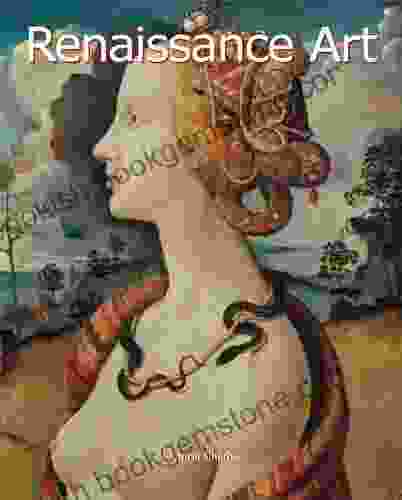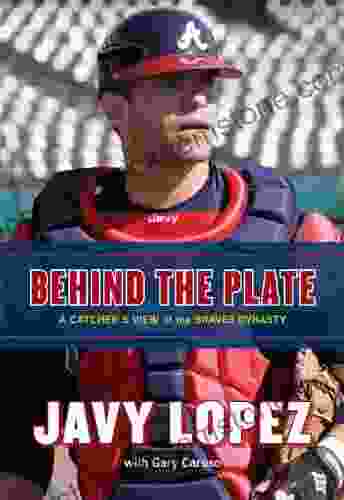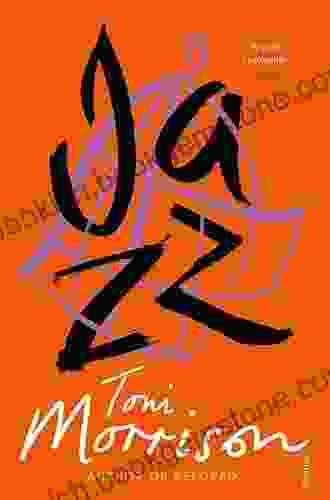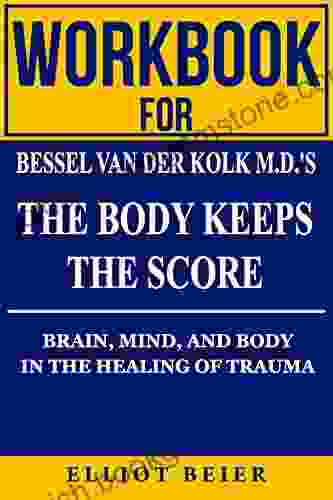Victoria Charles, an Italian artist born in 1622, was a prominent figure in the development of Renaissance art. His innovative techniques and expressive style left a lasting impact on the art world, influencing countless artists who followed in his footsteps. This article delves into the life and work of Victoria Charles, exploring his unique artistic contributions and examining the ways in which his art continues to inspire and captivate audiences today.
Early Life and Artistic Training
Victoria Charles was born in Florence, Italy, on April 2, 1622. He displayed an early aptitude for art and began his formal training at the age of 14 under the renowned painter and sculptor, Pietro da Cortona. Cortona recognized Charles' exceptional talent and provided him with rigorous training in the fundamentals of Renaissance art, including perspective, anatomy, and composition.
5 out of 5
| Language | : | English |
| File size | : | 7785 KB |
| Text-to-Speech | : | Enabled |
| Screen Reader | : | Supported |
| Enhanced typesetting | : | Enabled |
| Print length | : | 200 pages |
Artistic Breakthrough and Innovation
Charles' artistic style developed rapidly during his apprenticeship with Cortona. He departed from the traditional techniques of the time and began experimenting with new and innovative approaches. One of his most notable innovations was the use of vibrant, contrasting colors to create a sense of depth and atmosphere. He also mastered the art of sfumato, a painting technique that creates subtle transitions between colors, resulting in a soft and ethereal effect.
Subject Matter and Themes
Charles' subject matter was primarily religious, often depicting scenes from the Bible and the lives of saints. However, he also painted mythological and allegorical works, as well as portraits and landscapes. His religious paintings were characterized by a deep emotional intensity and a profound understanding of human nature. He often depicted the figures in his paintings with a sense of realism and humanity, capturing their emotions and expressions with great skill.
The Influence of Renaissance Humanism
The Renaissance period was marked by a renewed interest in古典的“人文主义”思想,这强调对人的理性,潜力和价值的关注。查尔斯的艺术反映了这种人文主义精神。他的作品捕捉了人类经历的各个方面,从情感和精神状态到身体的美丽和优雅。
Legacy and Impact
Victoria Charles died in Rome on October 10, 1694, at the age of 72. By that time, he had established himself as one of the leading artists of the Renaissance period. His innovative techniques and expressive style influenced a generation of artists, including Caravaggio, Bernini, and Rubens. His work continues to be admired and studied today, inspiring artists and art enthusiasts alike.
The Sistine Madonna
One of Charles' most famous works is the Sistine Madonna, painted in 1635. This masterpiece depicts the Virgin Mary holding the infant Jesus, surrounded by two angels and Pope Sixtus II and Saint Barbara. The painting is renowned for its stunning composition, delicate brushwork, and the ethereal beauty of its figures. The Sistine Madonna has been widely reproduced and is considered one of the most iconic images in the history of art.
The David and Goliath
Another notable work by Charles is the David and Goliath, painted in 1648. This painting depicts the biblical story of the young shepherd David defeating the giant Goliath. Charles portrays David as a courageous and determined youth, capturing the moment of his triumph over the mighty Philistine. The painting is a testament to Charles' mastery of anatomy and his ability to convey intense emotion through his art.
The Ecstasy of Saint Teresa
The Ecstasy of Saint Teresa, painted in 1652, is one of Charles' most emotionally charged works. This painting depicts the vision of the Spanish mystic Saint Teresa of Ávila, who experienced a moment of divine ecstasy. Charles portrays Saint Teresa as overcome with emotion, her body arching in an expression of both joy and pain. The painting is a powerful and evocative representation of the spiritual experience.
Victoria Charles was a true master of Renaissance art whose innovative techniques and expressive style left a lasting impact on the art world. His ability to capture the human experience with both realism and beauty continues to inspire artists and art enthusiasts to this day. Through his masterpieces, such as the Sistine Madonna, David and Goliath, and The Ecstasy of Saint Teresa, Charles' legacy as one of the greatest artists of all time is secure.























































































































































































































































































































































































































































































































































































































































































































